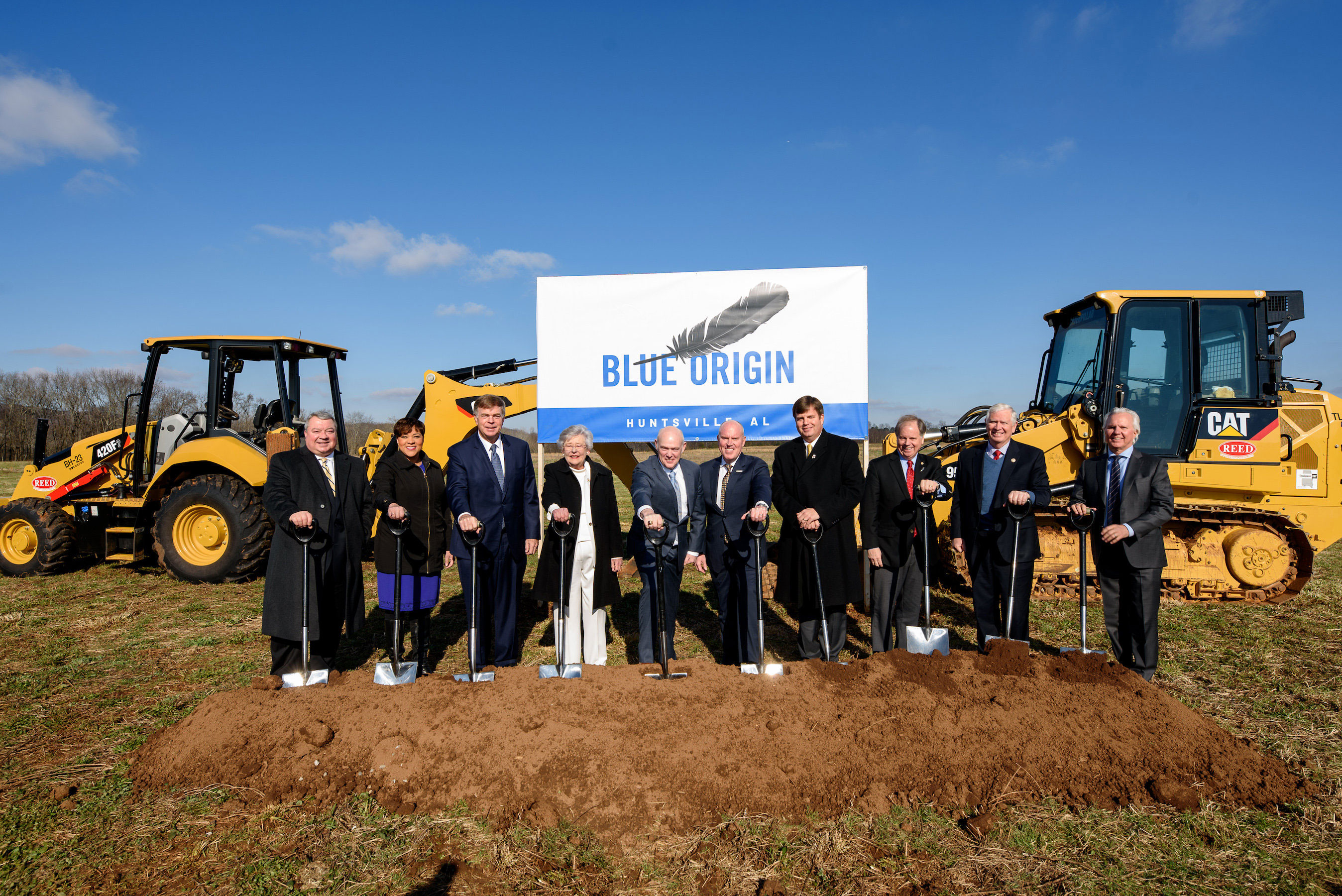
The same philosophy as in Falcon 9 (using Merlin 1D) which reduces the cost and not having two programs for two differnt types of rocket engines (LH2 and RP-1). In the same interview Meyerson says that in their orbital rocket (didn't have a name at that time) they were planing to use in all stages the BE-3 LH2 engine. They could use one type of engine in two projects.

To land a booster stage is needed a considerable amount of fuel, so a high performance engine gives more room for the success. The better performance LH2 engine would give more chances making more easy for New Shepard booster to land safely and sending turists in space with a reused booster making their trip a low cost trip. In this way it would be ok as an upper stage for BO orbital rocket and also would give enough power for a suborbital rocket like New Shepard. BE-3 was announced to have a thrust of 440 kN. New Shepard would serve to test landing a booster returned from space and also make a trip for turists in to space. And also had plans to send turists in to space.
#Manager blue origin rocket engine program how to
They also had plans for reusability of their suborbital booster, doing tests how to land a booster returning from space.

Since LH2 has a lot of advantages in an upper stage then they would need an LH2 rocket engine. BE-3 engine was planned that it would serve for a suborbital and orbital rocket, for a booster stage and upper stage not only for BO future rockets but also for gonverment and commercial launch systems. We should combine step by step some elements to come in a conclusion. Looking in to perspective, BO had ambitions for space exploration and they would not stop the development only with a suborbital rocket. Said Rob Meyerson in an interview in 2013, president and program manager in BO.

"Performance drove the decision to use hydrogen fuel in the BE-3," Blue Origin (BO) chosed LH2 for BE-3 rocket engine because of the performance.


 0 kommentar(er)
0 kommentar(er)
